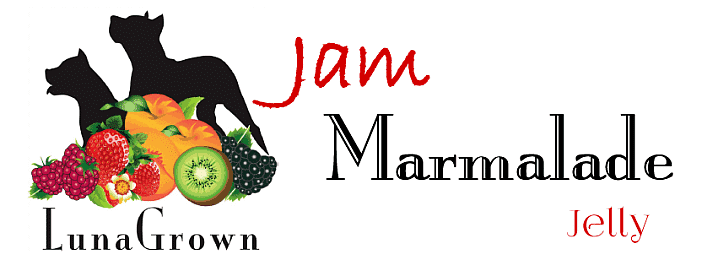Jam and the Copper Kettle
Copper Cookware….. Fanciful sweets became a science!
You might have read how all the true artisan jam makers love their copper kettles, they are so beautiful and so wonderful to work with. So I thought I would help make things a bit clearer, especially if you are a home jam maker or a beginning jam maker.
Firstly the FDA advises that the general public shy away from using copper cookware. These pans are designed for an experienced and more importantly a schooled chef.
The primary advantage is that it requires only low to moderate heat to obtain the best results. Its conductivity makes it especially responsive to almost every cooking need. Copper has about ten times the heat conductivity of stainless and glass, and twice that of aluminum. So why the concern?
The primary disadvantage being that it is reactive to acidic foods. For today’s jam maker, one that uses added pectin, lower sugar, sugar substitutes or honey this can be an issue. Today’s jam recipes do not always follow the traditional approach.
Today’s jam recipes do not always follow the traditional approach.”
Traditionally fruit would be prepared, combined with sugar and sit for up to 24 hours before the cooking process would begin. For those using copper this was fine as the sugar balanced the acid in the fruit. The combination would remove the risk of poison. Bottom line is un-lined copper cookware and acidic fruits, (tomatoes, vinegars, salts) react to one another when not neutralized. This can make you ill or kill you if not processed in the correct fashion.
Please understand we are speaking of jam processing not confectioneries. That is a completely different science.
Some of the old copper pans 1800-1900 that are still around were lined, usually with Zinc or Lead which we know is not good for us and some of today’s copper pans may contain Nickle which some may be allergic too.
The key point to jam with a copper preserving pan is to put only the prepared fruit mixture into it.”
Today’s copper cookware is usually lined with another metal, the most common and practical of which is tin, that, unlike stainless steel or nickel, is readily refurbish-able. Unlined copper cookware works best for egg whites, which it helps to make thicker and peak longer. Unlined copper cookware is also widely used in the candy industry. Confectionery prepared in an unlined pan doesn’t react with the copper, and takes advantage of the quick, high heat that the confectioner needs.
Stainless and nickel linings in French cookware are very durable, by comparison to tin linings, and also very expensive. It is also to note that all linings run the risk of scratches and can be worn off which would be a concern for those using this cookware with acid foods.
So the bottom line regarding the Copper Kettle is. It is the cook who needs to know the proper application and have great appreciation for the cookware. This is not just any old pot. It takes a bit of science, knowledge and appreciation.
Enjoy our article about skins and seeds and why we we feel that jam provides a healthier option than jelly.
Please Note: According to the FDA Food Code
4-101.14 Copper, Use Limitation.
- Except as specified in (B) (Durable, corrosion-resistant, and nonabsorbent;) of this section, copper and copper alloys such as brass may not be used in contact with a food that has a pH below 6 such as vinegar, fruit juice, or wine.


